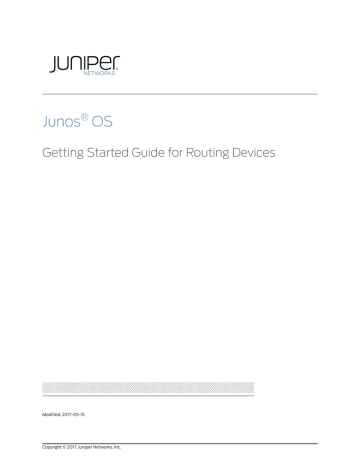
Packets/sec-Average number of packets sent per second. Packets/sec-Average number of packets received per second.Īverage output rate over the last 300 seconds:īytes/sec-Average number of bytes sent per second.ī it s/sec-Average number of bits sent per second. If the statistics of the interface have never been cleared by using the reset counters interface command since the device started, this field displays Never.Īverage input rate during the last 300 seconds:īytes/sec-Average number of bytes received per second.ī it s/sec-Average number of bits received per second. Time when statistics on the logical interface were last cleared by using the reset counters interface command. The physical type of the interface is loopback. Primary IP address of the interface (displayed when the interface is configured with a primary IP address). Indicates that the interface cannot process Layer 3 packets (displayed when the interface is not configured with an IP address). UP (spoofing) means that the data link layer protocol state of the interface is UP but the link is an on-demand link or not present at all. UP-The loopback interface can receive and transmit packets.Īdministratively DOWN-The interface was manually shut down by using the shutdown command.ĭata link layer protocol state of the interface. Physical layer state of the loopback interface: Last 300 seconds output: 0 bytes/sec, 0 bits/sec, 0 packets/sec Last 300 seconds input: 0 bytes/sec, 0 bits/sec, 0 packets/sec # Display detailed information about interface loopback 0. If the loopback keyword is specified but the interface-number argument is not specified, the command displays information about all existing loopback interfaces. If the loopback keyword is not specified, the command displays information about all interfaces of the device. This command is supported only after a loopback interface is created. If you do not specify this keyword, the command displays only the first 27 characters of interface descriptions. Without this keyword, the command displays information about interfaces in all states.ĭescription: Displays complete interface descriptions.

If you do not specify this keyword, the command displays detailed interface information.ĭown: Displays information about interfaces in down state and the causes. If you do not specify this argument, the command displays information about all existing loopback interfaces on the device.īrief: Displays brief interface information. Interface-number: Specifies a loopback interface by its number, which can be the number of any existing loopback interface. Syntaxĭisplay interface ]ĭisplay interface ] ] Views This is because Loopback interfaces are virtual interfaces and they are always up.Use display interface loopback to display information about the specified or all existing loopback interfaces. We need not to give “No Shutdown” command after giving IP Address to the Loopback interfaces like we do when we give IP Address to a real interface. Please note that each loopback interface must belong to different Network/ Subnet. Lets create 3 loopbacks on the same router- Loopback 1, Loopback 2 and Loopback 3 with IP Address– 10.1.1.1, 10.1.2.1 and 10.1.3.1 respectively.

Since it is virtual, it is not dependent on any physical interface and hence is always up.

Loopback Interface is a virtual interface which can be created on the routers. In this tutorial, we will learn what is a loopback interface how we can create it.

Loopback interfaces can be created in GNS3.


 0 kommentar(er)
0 kommentar(er)
